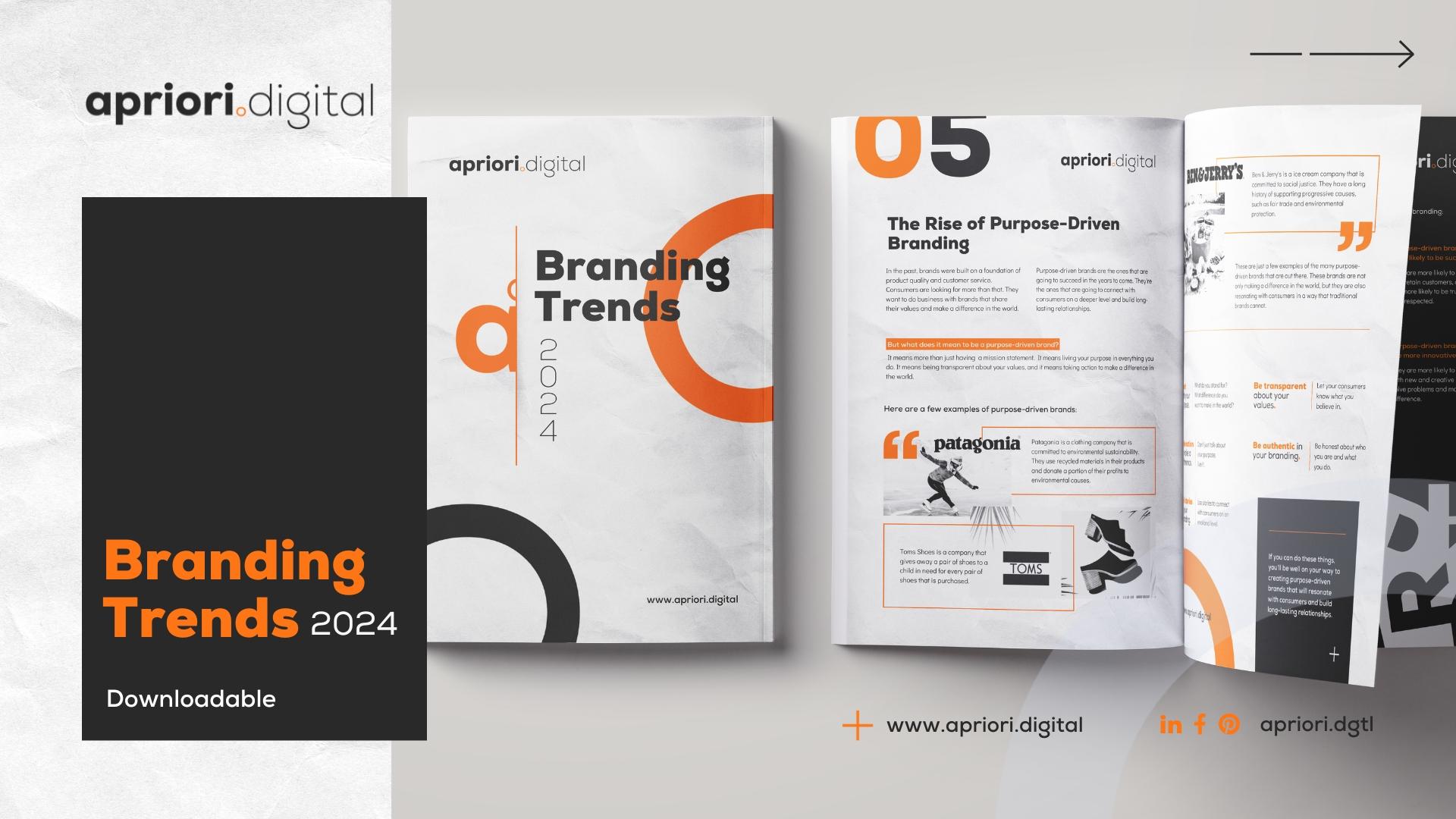Introduction
In the B2B (Business-to-Business) realm, the approach to design must transcend mere aesthetics to encompass a deeper understanding of professional needs and client expectations. B2B design is about crafting an experience that speaks to businesses on a professional level, combining clarity, functionality, and a reflection of core business values.
It’s a strategic tool for building trust, communicating expertise, and facilitating business relationships.
This guide delves into key B2B design tactics that can help you connect more effectively with professional clients, from website layout to branding materials. By aligning your design strategy with the specific requirements of a B2B audience, you can create impactful and meaningful interactions that resonate with business clients.
Professional and Clean Design Aesthetic
- Subdued Color Palette: Opt for a more subdued and conservative color palette that aligns with professional sensibilities.
- Simple and Uncluttered Layout: Emphasize a simple, clean layout that facilitates easy navigation and quick access to information.
- High-Quality Imagery: Use high-quality images that are relevant to the professional context, avoiding overly casual or whimsical visuals.
Branding Design by Apriori Digital
Focusing on User Experience (UX) for Businesses
User experience in B2B design should cater to business users who value efficiency, accessibility, and information-centric interfaces.
- Intuitive Navigation: Ensure that the site navigation is intuitive, allowing business users to find the information they need with minimal effort.
- Data-Driven Design: Incorporate elements like infographics and data visualizations to present complex information in an accessible manner.
- Mobile Optimization: Given the on-the-go nature of many business professionals, ensure your design is fully responsive and mobile-friendly.
Content Strategy for B2B Audiences
- Informative and Concise Content: Provide content that is both informative and to the point, respecting the time constraints of business professionals.
- Thought Leadership: Position your brand as a thought leader by including insightful articles, whitepapers, and case studies.
- SEO Optimization: Optimize content for SEO, but without compromising on the quality and professionalism of the language used.
Building Trust through Design
- Showcasing Certifications and Partnerships: Prominently display any industry certifications, awards, or partnership logos to establish credibility.
- Case Studies and Testimonials: Include detailed case studies and testimonials from past clients to demonstrate your track record and reliability.
- Professional Accreditations: Highlight any professional accreditations or memberships that your business holds.
Effective Use of Call-to-Action (CTA)
- Clear and Direct CTAs: Use clear, direct language in your CTAs that speak to the needs of a business audience.
- Value-Oriented Messaging: Focus on how the action will benefit their business, such as improving efficiency, reducing costs, or gaining insights.
- Strategic Placement: Place CTAs at points in the user journey where clients are most likely to be engaged and interested in taking the next step.
Designing for Accessibility and Inclusivity
- Accessibility Features: Implement features such as keyboard navigation, screen reader compatibility, or alternative text for images.
- Inclusive Design Practices: Consider a range of users, including those with disabilities, when designing your interface.
- Compliance with Standards: Adhere to established web accessibility standards, such as WCAG (Web Content Accessibility Guidelines).
Incorporating Analytics and Feedback
- Regular Review of User Behaviour: Analyze how users interact with your site and identify areas for improvement.
- Feedback Mechanisms: Implement mechanisms for gathering direct feedback from clients and use this to inform design decisions.
- Adaptive Design Strategy: Be prepared to adapt your design based on the insights gained from analytics and feedback.
Follow us on socials

Consistency Across All Brand Touchpoints
Maintain a consistent design and branding across all touchpoints, from your website to social media profiles, and printed materials, reinforcing your brand identity.
- Unified Branding Elements: Ensure logos, color schemes, typography, and other design elements are consistent across all platforms.
- Cohesive Brand Message: Align the messaging across different channels to present a cohesive brand story.
- Quality Control: Regularly review all brand materials for consistency and quality.
Leveraging Technology for Enhanced Interaction
- Interactive Elements: Incorporate elements like interactive charts, graphs, and calculators that are relevant to your B2B audience.
- Virtual and Augmented Reality: Consider using VR or AR for product demonstrations or virtual tours, especially for complex products or services.
- Chatbots and AI: Implement AI-driven tools like chatbots for efficient customer service and engagement.
Focused Marketing and SEO Strategy
- Targeted SEO Practices: GOptimize your content with keywords and phrases commonly used by your professional clientele.
- Content Marketing:Utilize content marketing strategies that appeal to a B2B audience, focusing on industry insights and solutions.
- Utilizing B2B Social Media Platforms: Engage with potential clients on B2B-oriented social media platforms like LinkedIn with content tailored to a professional audience.
Conclusion
In the B2B sector, connecting with professional clients through design requires a nuanced approach that balances formality, functionality, and modern design principles. It’s about creating an experience that resonates with the professional ethos and meets the practical needs of business clients.
By focusing on these key tactics – from trust-building design elements to the use of technology for enhanced interactions – you can create a B2B design strategy that not only looks professional but also effectively communicates your value proposition and engages your target audience on the right level.





